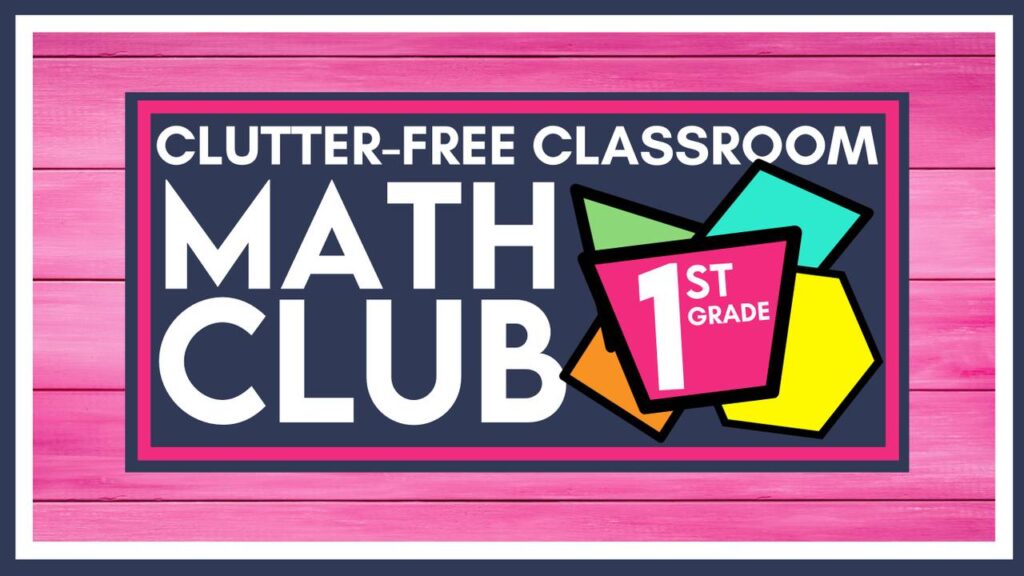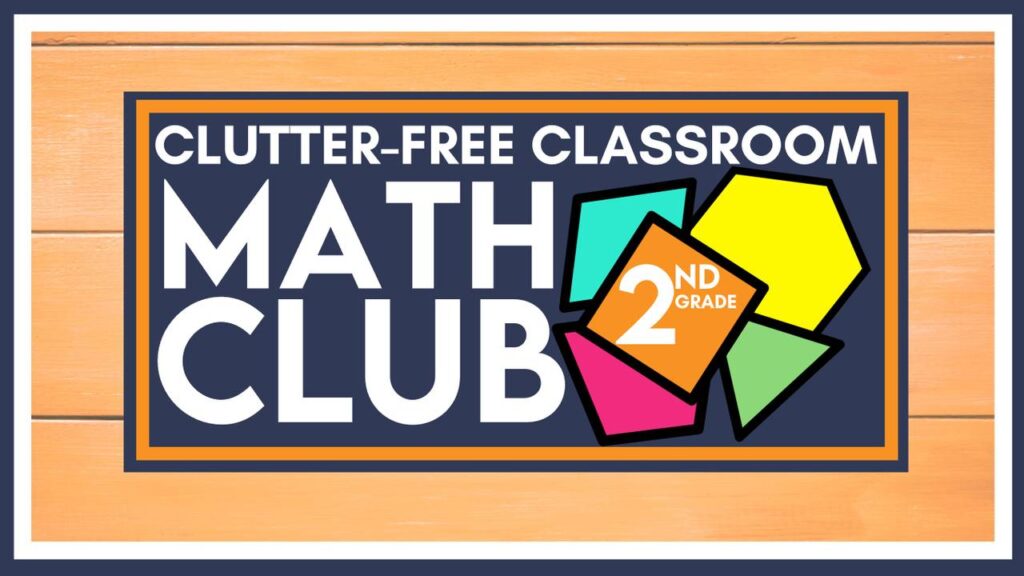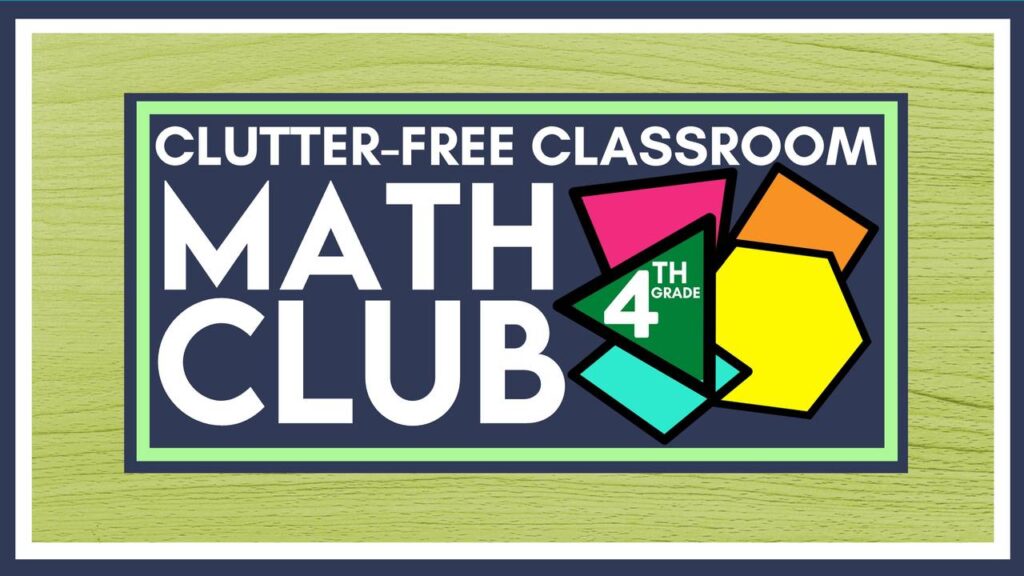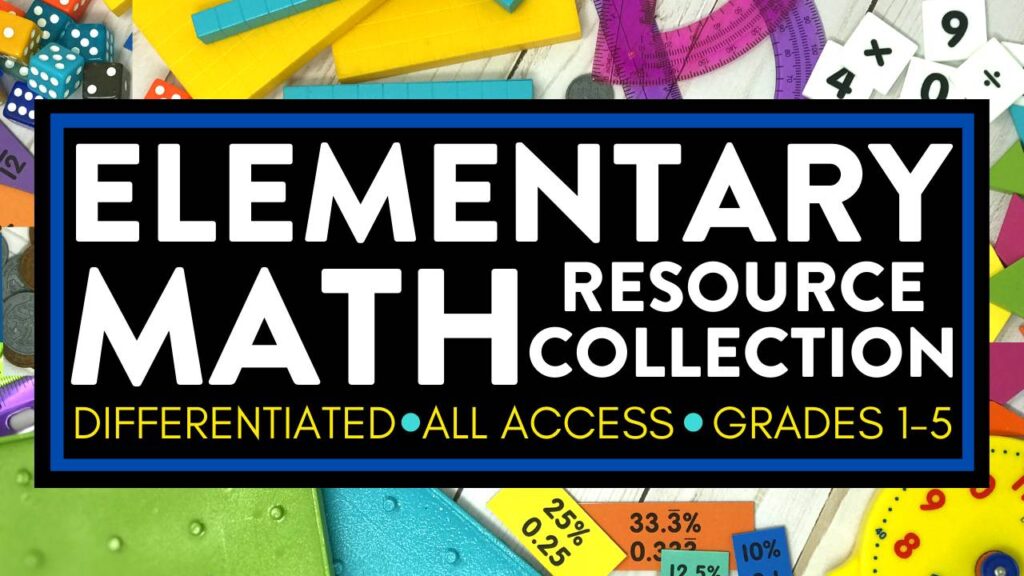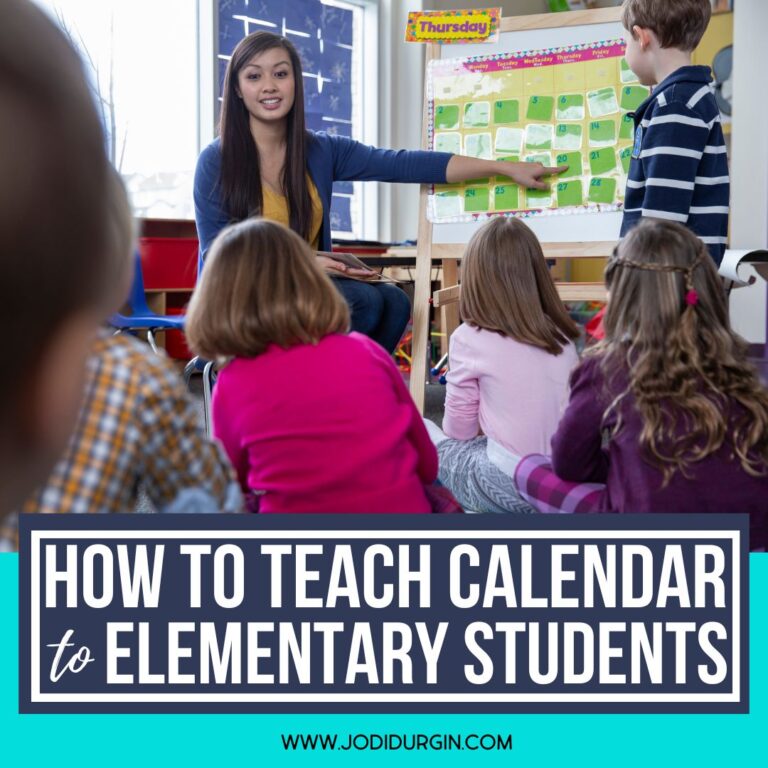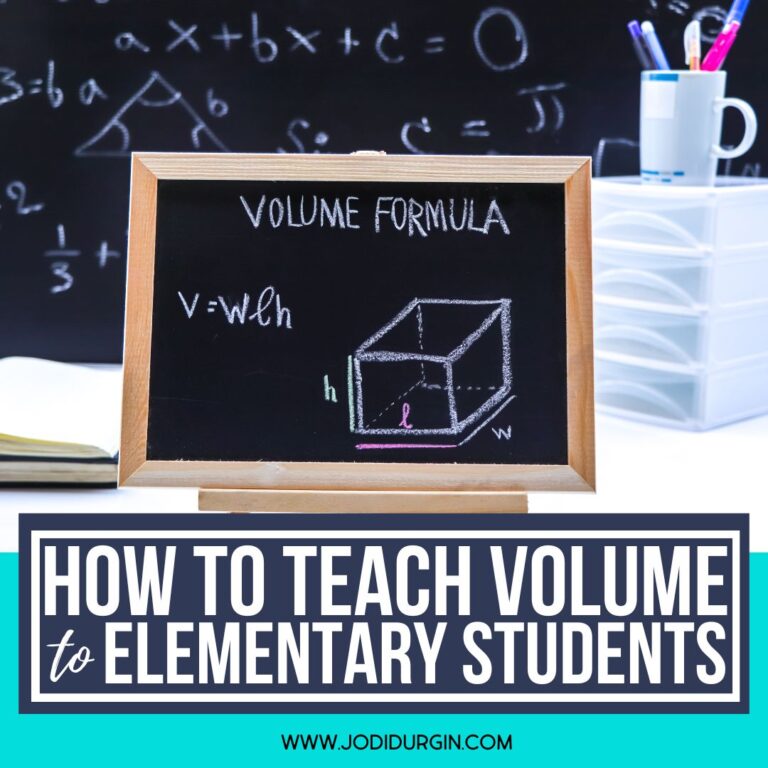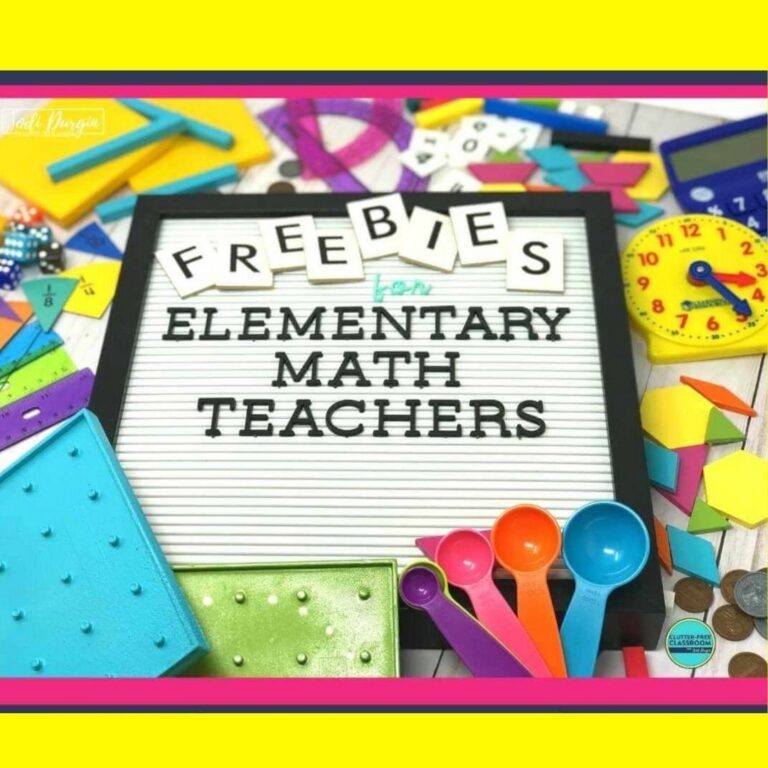If you’re an elementary teacher looking for tips and ideas for how to teach addition and subtraction within 1000, then you found the right place! Learn what adding and subtracting within 1000 is, why it’s important, what your students need to know, and get 5 helpful tips for teaching it in a fun and engaging way. Read all about teaching addition and subtraction within 1000 below!

What is Addition and Subtraction within 1000?
Addition and subtraction within 1000 is developing, discussing, and using efficient, accurate, and generalizable methods to add and subtract multi-digit whole numbers. When students feel comfortable adding and subtracting, they will feel more confident solving more complex problems in the future, such as real-world subtraction and addition word problems involving time, mass and volume.
Why is Addition and Subtraction within 1000 Important?
It is important for students to learn addition and subtraction within 1000. Adding and subtracting are vital skills both in and out of the classroom. Students at the elementary level need to develop a strong conceptual understanding of addition and subtraction in order to grow both their math confidence and skill sets as they approach more complex numbers and situations. Teachers can support students in their development and understanding by modeling the use of concrete models or drawings and strategies based on place value, properties of operations, and/or the relationship between addition and subtraction to add or subtract within one thousand.
What Addition and Subtraction within 1000 Skills Do Students Need to Know?
Below are the Common Core standards that relate to adding and subtracting within 1000. These define what students should be able to do by the end of the school year.
2nd Grade
- Add and subtract within 1000, using concrete models or drawings and strategies based on place value, properties of operations, and/or the relationship between addition and subtraction; relate the strategy to a written method. Understand that in adding or subtracting three-digit numbers, one adds or subtracts hundreds and hundreds, tens and tens, ones and ones; and sometimes it is necessary to compose or decompose tens or hundreds. (2.NBT.B.7)
- Explain why addition and subtraction strategies work, using place value and the properties of operations. (2.NBT.B.9)
3rd Grade
- Fluently add and subtract within 1,000 using strategies and algorithms based on place value, properties of operations, and/or the relationship between addition and subtraction. (3.NBT.A.2)
- Fluently add and subtract within 1000 using strategies and algorithms based on place value, properties of operations, and/or the relationship between addition and subtraction. (3.NBT.A.2)
5 Tips for How to Teach Adding and Subtracting within 1000
Below are 5 helpful tips for teaching how to add and subtract within 1000 to elementary students.
1. Read Aloud Picture Books that Teach Addition and Subtraction within 1000
Reading aloud picture books is a great way to integrate literacy into your math block. It’s also a great way to present information in a different way. Our favorite picture books for teaching adding and subtracting within 1000 are The Mission of Addition by Brian P. Cleary, The Action of Subtraction by Brian P. Cleary and The Napping House by Audrey Wood. Check out the full list of math picture books we recommend!
2. Offer Hands On Learning Experiences
Hands-on math experiences help students make connections, remember their learning, and develop a deep conceptual understanding of the content. You can make any lesson interactive and engaging by offering math manipulatives. Our favorite math manipulatives for teaching addition and subtraction within 1000 are ten frames, dominoes, dice, linking cubes, Unifix cubes, rekenrek, base-ten blocks, two color counters, dinosaur counters, bear counters, bug counters, abacus and number tiles.
3. Explicitly Teach Related Math Vocabulary
Teaching math vocabulary is essential for all students. It is especially beneficial for students who speak English as a second language and students with learning differences. Key vocabulary terms for addition and subtraction within 1000 are add, addition, subtract, subtraction, sum, difference, fluency, fluently, equation, regroup, properties of operations, associative property of addition, commutative property of addition, identity property of addition, strategy, model, representation, place value, hundreds, tens, ones, expanded form, compose, decompose, number line, counting on and counting back.
4. Give Students Opportunities to Apply Addition and Subtraction within 1000 to the Real World
Learning becomes more meaningful when students understand how it connects to the real world. Students are more engaged and invested in their learning. Some examples of ways we use addition and subtraction within 1000 in the real world are calculating the total cost of food for a grade level party, determining the growth of an animal or plant, or the length of a soccer field. Project based learning and word problems are examples of opportunities for students to apply their learning to real world situations.
5. Encourage Parent Involvement
Parent participation in math is essential because it impacts students’ attitude toward math. Their attitude directly impacts their proficiency levels this school year, as well as future success in their math education. Be sure to keep communication open with families and share ways they can support their children in their math learning. Some examples of ways they can practice adding and subtracting within 1000 at home are to determine the total amount of utensils, plates, cups and bowls needed for a party, to calculate internet usage for the month or when traveling find how much total time is left in the trip.
In closing, we hope you found this information about how to teach addition and subtraction within 1000 helpful!

